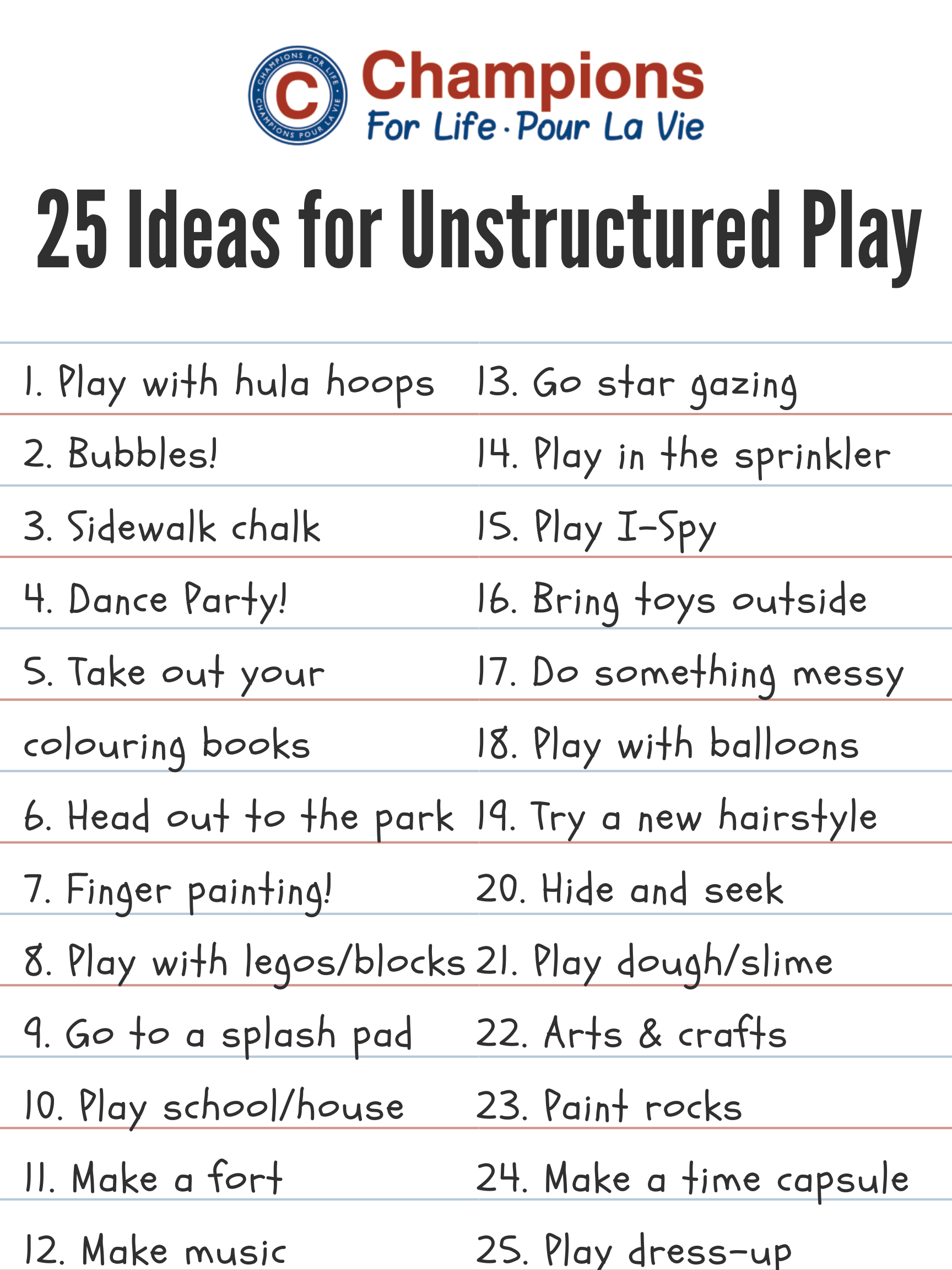Increasing Play for Children with Special Needs
At
Champions for Life, we inspire children to move well. We work with their schools, their communities and their families to develop their physical literacy skills. By definition,
physical literacy
is the motivation, confidence, physical competence, knowledge and understanding to value and take responsibility for engagement in physical activities for life. By teaching kids basic movement skills, we are able to help them become competent and confident movers who want to be active for life. We truly believe that since all kids have the right to develop their physical literacy, an inclusive approach must be taken.
We love watching kids become more confident before our own eyes, but for children with special needs, they might struggle significantly more to get there. Children with special needs can be particularly affected by self-confidence issues; they know they are “different” from other kids. They are likely to experience more difficulty understanding and executing the game or activity, as well as get frustrated and want to quit. When working with a child with special needs, whether alone or in a group, it is important to create an environment where they feel empowered. For example, if you are working on balance poses, change the poses frequently and shorten the time held in a particular pose so they don’t get bored or frustrated. While all children need positive reinforcement, children with special needs may benefit from praise more frequently. Remind them often how wonderful they are doing and try to get them into the habit of talking about themselves in a positive light; “I can do it!”.
Add Physical Literacy to Your Family Routine
At home, with your family, is probably where your child feels the safest. The home is the perfect place to explore a variety of activities and work on making your child comfortable exploring how their body moves. If it’s feasible, try to get the whole family involved. The family unit has the greatest amount of influence on a child’s habits; particularly when it comes to physical activity levels. It’s really easy to integrate physical literacy into the home; whether it be a family walk or an olympic-themed day. This blog post has multiple ideas to incorporate physical literacy into the home, all of which can be adapted to fit the individual needs of your child. While it’s important to try new activities and gain new skills, letting your child choose the game from time to time will reinforce the idea that they are good and capable. As parents, we all want to see our kids confident in their abilities.
Unstructured Play
According to the Canadian Public Health association, unstructured play occurs when children play without instruction or a defined purpose. Children with special needs may benefit from structure and consistent routines. This helps them thrive, feel safe and stay calm. We are not dismissing this, but we do think there is something to say about unstructured play. Don’t forget that this can be very easily incorporated into a child’s schedule. A perfect example of unstructured play would be taking your child to the park and allowing them the freedom to play as they choose. Another great way to promote unstructured play is with the use of loose parts; leaves, blocks, pots & pans, etc. It promotes physical literacy, builds resilience and improves concentration. In addition, it helps children strengthen social bonds and develop cognitive skills. We’ve made a list of 25 ideas for unstructured play that are sure to keep your kids busy and build those physical literacy skills.
Sensory Play
Another important type of play is sensory play. It is defined as any activity that stimulates touch, smell, taste, movement, balance, sight and hearing. Sensory play helps children create strong connections to process and respond to sensory information. Sensory play is an essential tool for all children, but may be particularly beneficial for children with disabilities or special needs. Depending on the child, a particular sense may be impaired, feel very sensitive or not sensitive at all. Pick an activity for your child based on how they’ll experience it, not only what you want them to learn from it. This post has a ton of sensory play ideas to choose from.
Yoga
More and more often, we are seeing schools and daycare programs using yoga to help children feel better emotionally and physically. The benefits of a yoga program are even greater for children with special needs. In an American study, a 16-week yoga program significantly reduced aggressive behaviour, social withdrawal and hyperactivity in children with Autism. Additionally, yoga is linked to reduced stress levels and better self acceptance in children with disabilities. Sandra Izsa, a RYT 200 instructor, who specializes in children with special needs, cautions that expecting a child to end 10 weeks of yoga with a specific new set of skills will likely end in disappointment. She also adds that non-participation in a yoga program is acceptable, and doesn’t mean your child is not absorbing any information. While it may not replace any traditional therapies your child is currently undergoing, yoga may increase the benefits received. In addition, it’s another form of unstructured play.
Champions for Life believes that given the right tools, support and opportunities, ALL children have the ability to reach their full potential when it comes to developing physical literacy. By increasing one’s physical literacy children will no doubt enjoy all the benefits that an active lifestyle provides. We will continue to advocate for ALL children and their right to develop their confidence, competence and motivation in order to live a more fulfilling/active lifestyle.
Curious to learn more? Visit the 'our solutions' page at our website and scroll through our social media feeds for more fun resources!





